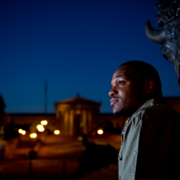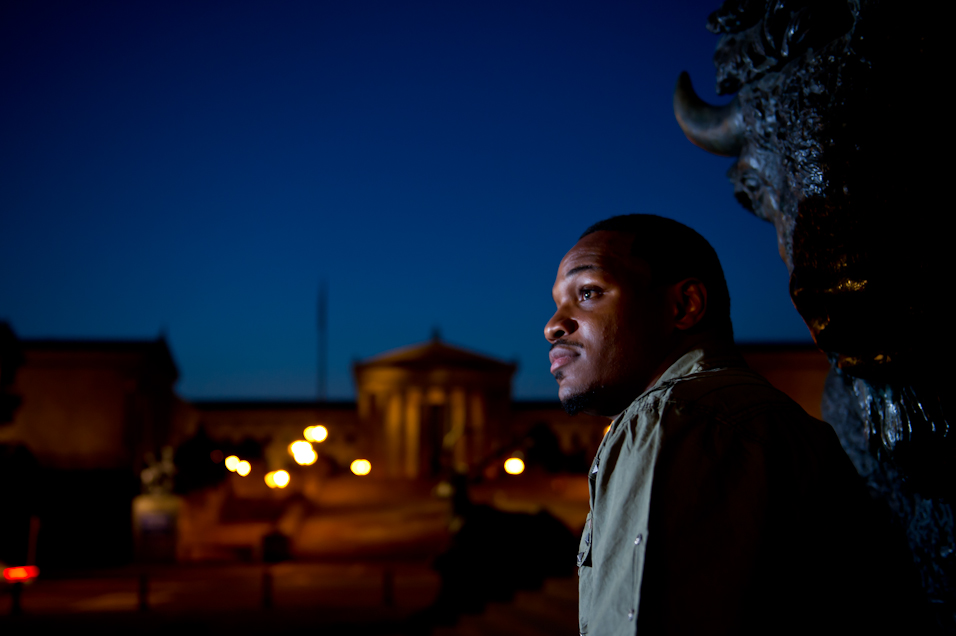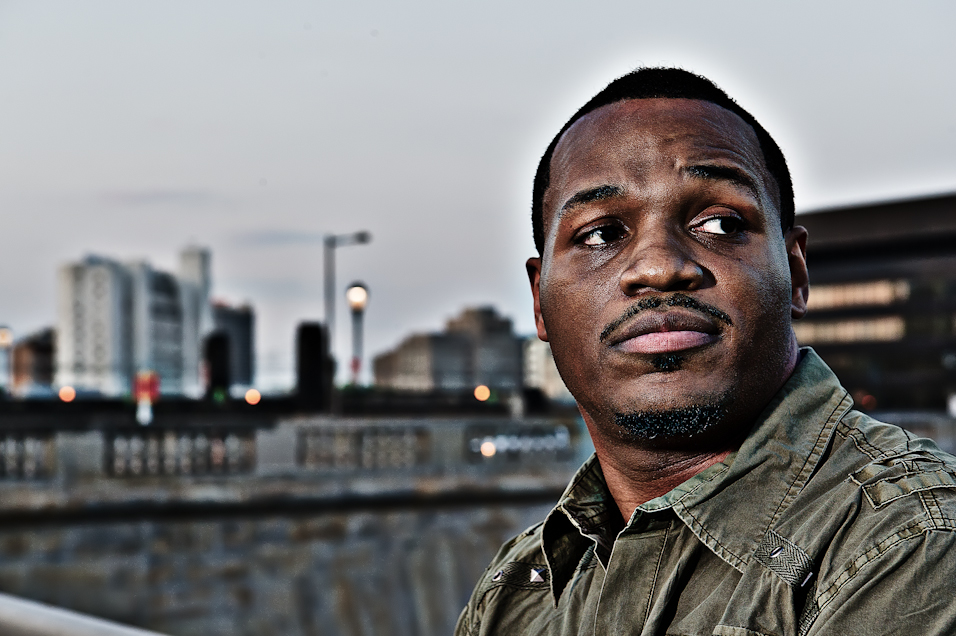Recipe Of Light
Recently I was working with a potential client and a number of issues came up that seem to come up time and time again. The client said, “With digital, taking pictures is free or next to it. Why are photography prices so high?” They were truly under the impression that to take a photograph costs nothing other than the cost of the camera. Mostly they believed this because that is what the manufacturers of cameras want you to believe.
In fact just to take a digital photograph only takes the cost of a camera. The issue begins when you want to do something with the image you have captured. You need to upload the image somewhere and that takes a computer usually. Then what if you want to fix something in the image? Now you need software. If you want to print the image, well then you need a printer too, either yours or the local print shop.
Let’s just look at cameras for a moment. Sure you can pick up a pocket, point and shoot camera and take a snapshot. The results you get are a lot better than they were with your last film camera too, but are they professional quality? Probably not. But you could get one of those cameras advertised on TV where the guy is running around snapping pictures everywhere of the model types at the party or the models on a runway. Again, a better image than your last entry level SLR film camera but pro quality? Maybe a few of your images are better than the pocket camera. At least as a professional I hope so!
All cameras are not created equal and I am not speaking about Canon vs. Nikon vs. Pentax vs. Leica vs. Kodak or any other brand. I mean point and shoot versus enthusiast level vs. professional level cameras. If they are there are a whole lot of people, not just professionals that have been fooled and taken to the cleaners! In fact there are many differences and those differences justify the price differences.
I won’t go into all the differences such as sensor sizes and pixel ratios and, and, and. If you want those there are plenty of resources on the internet that can teach that to you, just Google it. For a now lets just say there are differences; now there is the question of what those differences can get you. Well I can get my $5,200 camera to take a picture that looks very much like your $300 camera, I just set it to Auto everything and the results will be pretty similar.
But the advantage of a professional DSLR is the control I have over it; over every aspect of exposure and light. Now I can begin to create, not just take snapshots. Creating an image doesn’t end there. Sure I would like to get the image perfect in camera every time. We live in an age where “Photoshopped” is a new word in the dictionary. That implies more can be done to an image than what the camera is capable of, and that is true. It doesn’t stop there, there are other tools like Lightroom, Photomatix, and plugins like Portraiture, Nik Software Suite (5 separate plugins) and thousands of others. Each combination can take a similar image and make it completely different like the different images of Hasign in this post. Both were taken on the same evening about an hour or two apart, both have similar ingredients but the results are completely different. It’s a bit like food, thousands of options, billions of combinations.
Comparing photography to food, sure you can make a great meal at home. In fact you can do it cheaper than if you go to a restaurant. In fact you can even produce something that is as good as any 5 star chef, sometimes. The chef on the other hand can create that wonderful, mouthwatering meal every day, time and time again. As the chef gains experience he will experiment and create new dishes and perhaps even a new style of cuisine that you can almost taste just with a whiff of it being prepared. Over years of training the chef has learned what ingredients go together and what compliments rather than covers.
Sure you can try to make the same dish at home but often you are just a little different in your results. I’m not saying the meal is less than fantastic, but it’s just not the same as when the chef made it. You have to try though because you want to know if you can. Besides, going out for 5 star meals can get quite expensive quite quickly and by trying it at home, your results may differ, but your budget is kept intact.
Photography is very similar in that professional photographers create a recipe if light and shadow, dark and bright, soft and hard light. We cook, we simmer, we blend the ingredients until we find the perfect recipe and then we capture it, add a few select side dishes of technique and post processing. We tantalize the visual palate as the chef tickles your taste buds. And yes we have those secret ingredients that are ours and ours alone. After all those are the signatures of each professional.
So what can I cook up for you today?






I have always stressed that a camera is just a tool, a recorder of light, if you will…
A microphone is a recorder of sound, pretty simular in a number of ways…
Yet most people dont assume that a great microphone will make them a great singer…
They accept the fact that the professional in front of the microphone is where the quality comes from.
It’s interesting, that the very same department who we work for (Marketing)…also promotes this myth to sell cameras.
I have noticed that they show someone shooting “flash on camera” and yet the results are a very nicely lit photograph…
The market is definitly smaller, thanks to these “do it yourself” wannabe shooters…
But the clients that really appreciate a “well lit image” will always come back for more.
In my opinion, the client is missing the point between the mechanics of taking a picture and the creative process of deciding what picture to take. The new digital cameras have helped many photographers, myself included, make the mechanics of taking a picture much easier. I can do with a digital camera in color what I was only able to economically do with black and white.
That said, the creative process of “seeing” the image you want (and the client will pay for) is where the cost comes in. The “Mona Lisa” is just some paint and a piece of canvas — How expensive is that? The same holds for quality photography.
Regards,
Frank
Michael, this never ceases to amaze me… {“well; I didn’t think there would be a fee?? Everybody will buy pictures”…} I get this ALL the time. Especially in trying to book events…parties, reunions etc…
With most portrait sessions, the client will pay for the session, then never buy prints.
There is always the family member at a Wedding who just wants “one 8×10″… but doesn’t think they should have to BUY it. “Isn’t that included in the (Wedding)package?”
For this reason, I have all but stopped online viewing/purchasing.
I know there will always be someone greater, with a better camera, more talented or better known than myself, but if you ( the client) seek my services, please be serious. As I am serious. This is my job.
The average client knows absolutely zero about seeing the light!
Great article!
Thanks for sharing.
~Deborah
http://deborahflowersphotography.blogspot.com
Great quality is not a requirement for most people. They are thrilled if they have recorded the MEMORY of the moment which in most cases is only relevant to them and those who know them.
The main requirement for print to day is for more permanent display. We need to appeal to peoples’ desire to leave a lasting impression. After all much of our money is spent in order that we look good or feel good so that others will be impressed.
There are even a lot more factors besides light: composition, the right moment of pressing the shutter, to be in the right place at the right time, the ability to put a subject at ease, the ability to direct the subject into a pleasing (or not) pose… knowhow of photographic techniques and equipment, choice of equipment, locations, time of day, meeting deadlines…….. all these just off the top of my head. And any client with a sense of photographic quality should recognise the added value of a good photographer.
Thank you for sharing this article with us! Your blog post as well as the comments posted here all are important factors for teaching the public the importance of hiring a pro to perform their (the pro’s) job, regardless of the position. However, this is much easier to say than to do for us pro photographers. These comments and your blog post bring insight as to how to explain to our clients the reasons for hiring a pro. Thanks again for posting!
Nice article, I like it!! It’s a bit like food, thousands of options, billions of combinations
Knowing when that definitive frame has been taken is also part of the professional equation. The tendency with digital, is too beat up on our sitters… putting them through the ringer as we no longer have the budget crises looming over the shoot. Watch for that moment when it all comes together and stop… within reason. I assisted a portrait photographer for a number of years, Yousuf Karsh, who shot both 4X5 and mostly 8X10 film. We never belabored the shoot… he knew when he had the shot and just said his very polite “thank you”.
I like how you compare our works with Chefs. I usually compare a photographer’s work to a painter. Instead of using paint, we use light to create our images.
And all it takes to be a surgeon is a scalpel, so why is open-heart surgery so expensive?
Charles – Its the same reason Photography is so expensive. It’s the lights! 😆